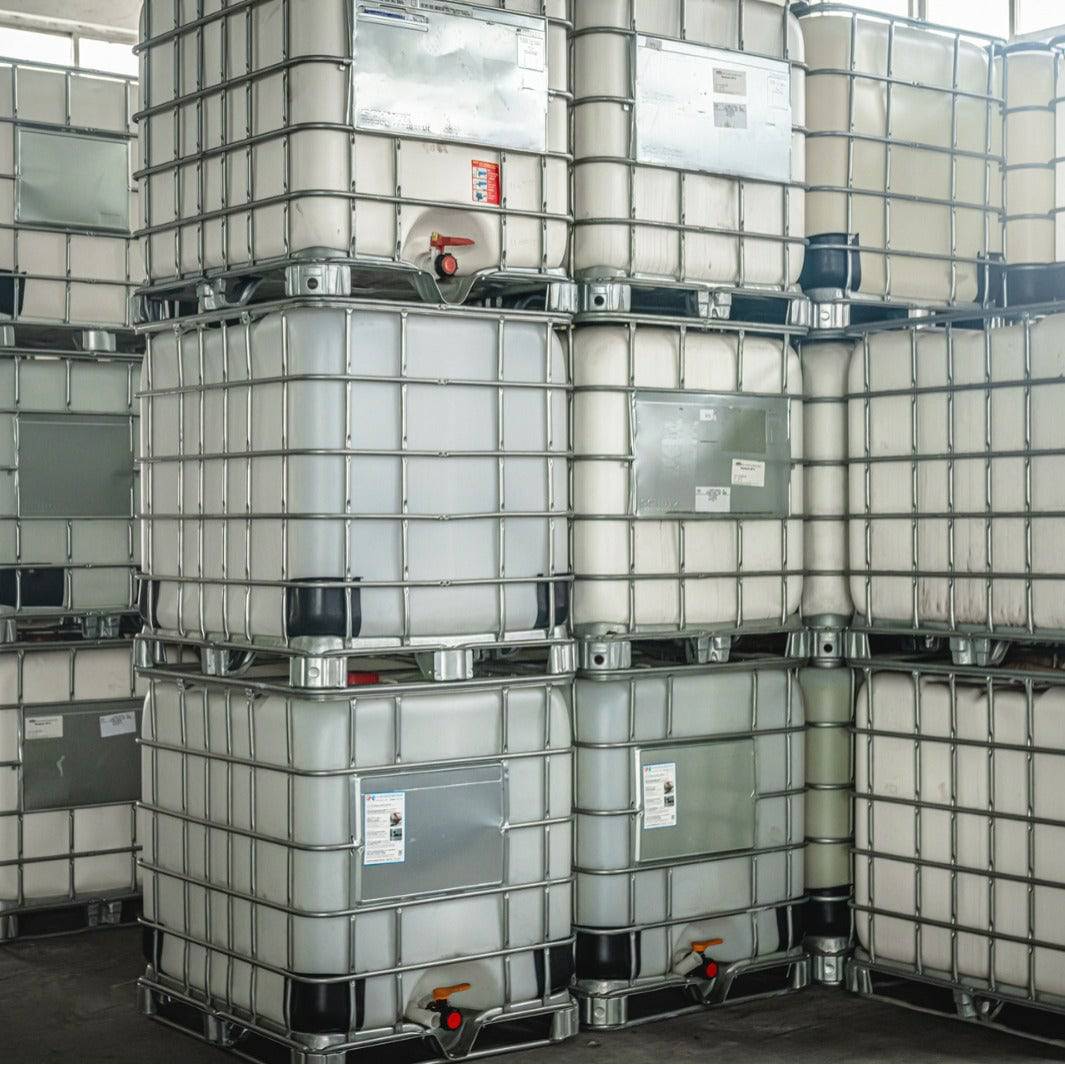Everything about Chemie
The smart Trick of Chemie That Nobody is Discussing
Table of ContentsWhat Does Chemie Mean?All about ChemieThe smart Trick of Chemie That Nobody is DiscussingThe Chemie StatementsChemie - The FactsThe Only Guide for Chemie
(https://www.behance.net/betteanderson)Calculated change in electrical conductivity of liquid examples as a function of time when stirred with the resin example in the closed indirect cooling loop experiment. Number 6 shows the change in the measured electric conductivity of the fluid samples when mixed with the material sample. The conductivity of the water example from the shut loop experiment reduced by approximately 70% from 11.77 S/cm to 3.32 S/cm in six hours.These outcomes showed that the capability of the resin relies on the examination liquid utilized for the experiment. This shows that different ions present in the fluid will certainly cause different ion exchange capacity of the fluid. Consequently, calculating the ion exchange resin ability with the liquid sample from the real cooling loop is essential.
See This Report about Chemie
An ion exchange material cartridge containing 20g of Dowex mixed bed material may take on order 938 days to saturate - dielectric coolant. Simply put, to keep a low electric conductivity, a resin cartridge with the dimension and weight spec as that of the resin cartridge made use of in the experiment, need to be transformed every 30 months for the cooling system that was utilized in the experiment
The air conditioning of electronic parts has actually come to be a major difficulty in recent times because of the improvements in the style of faster and smaller elements. Consequently, various air conditioning technologies have actually been established to effectively eliminate the warmth from these elements [1, 2] The use of a fluid coolant has ended up being appealing as a result of the greater warm transfer coefficient achieved as contrasted to air-cooling.
Chemie Fundamentals Explained
A solitary stage cooling loop is composed of a pump, a warm exchanger (cold plate/mini- or micro-channels), and a heat sink (radiator with a follower or a liquid-to-liquid warm exchanger with chilled water air conditioning). The heat source in the electronics system is connected to the warm exchanger.
The demands may vary depending on the sort of application. Adhering to is a listing of some general needs: Great thermo-physical properties (high thermal conductivity and specific warmth; low thickness; high unexposed heat of dissipation for two-phase application) Low freezing factor and ruptured factor (sometimes burst defense at -40 C or lower is needed for shipping and/or storage space purposes) High atmospheric boiling point (or reduced vapor stress at the operating temperature level) for solitary stage system; a slim wanted boiling factor for a two-phase system Great chemical and thermal security for the life of the electronics system High flash point and auto-ignition temperature level (sometimes non-combustibility is a need) Non-corrosive to materials of building (metals as well as polymers and various other non-metals) No or marginal regulative restraints (ecologically friendly, nontoxic, and possibly naturally degradable) Economical The most effective electronic devices coolant is a cost-effective and nontoxic liquid with excellent thermo-physical residential properties and a long service life.
What Does Chemie Mean?
The majority of these fluids have a non-discernible smell and are nontoxic in case of call with skin or consumption. As mentioned previously, aliphatic PAO-based liquids have changed the silicate-ester fluids in a selection of army electronic devices (and avionics) cooling down applications in the last years. One more course of preferred coolant chemistry is dimethyl- and methyl phenyl-poly (siloxane) or typically referred to as silicone oil.
Of all, these fluids are non-combustible and non-toxic. Some fluorinated substances have absolutely no ozone depleting possible and various other ecological residential or commercial properties.
Ethylene glycol is colorless and virtually odor-free and is entirely miscible with water. When effectively prevented, it has a fairly reduced corrosivity. This coolant is identified as harmful and ought to be managed and disposed of with care. The quality of water made use of for the prep work of a glycol service is extremely crucial for the system.
9 Simple Techniques For Chemie

Apart from lack of toxicity, it has no advantages over ethylene glycol, being higher in expense and more thick. This is an inexpensive antifreeze option, locating use in refrigeration solutions and ground resource heat pumps. Similar to glycols, this can be hindered to quit corrosion. This liquid can be utilized down to -40 C due to its reasonably high rate of warm transfer in this temperature array.
It is considered even more harmful than ethylene glycol and as a result has discovered usage only for process applications situated outdoors. Methanol is a flammable liquid and, as such, introduces a potential fire threat where it is stored, took care of, or made use of. This is an aqueous solution of denatured grain alcohol. Its major benefit is that it is non-toxic.
Chemie for Dummies
As a combustible fluid, it calls for specific preventative measures for dealing with and storage space. Liquid services of calcium chloride discover large use as circulating coolants in food plants. The major applications of these liquids are in the food, beverage, pharmaceuticals, chemical and weather chamber applications, lately these liquids have actually been investigated for single-phase convection air conditioning of microprocessors.